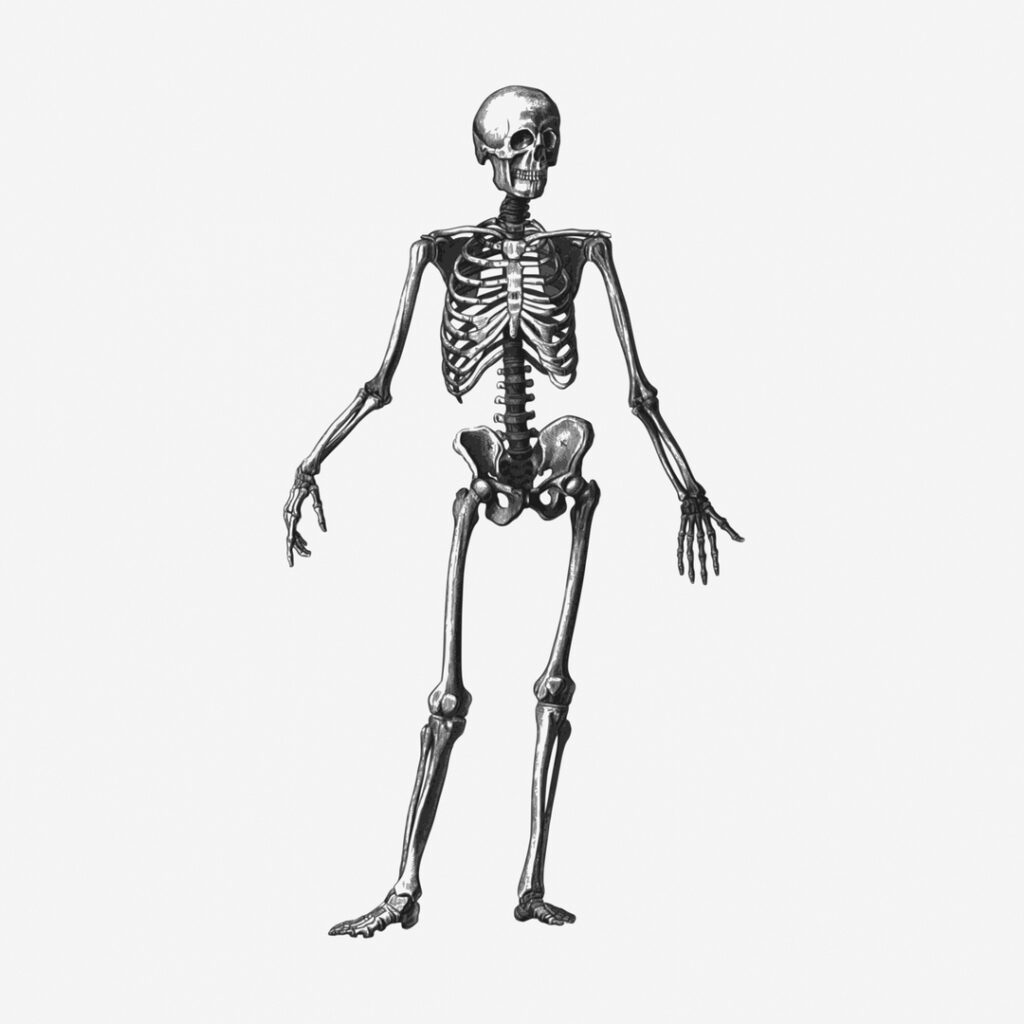Why Bone Density is Important

Optimal Health
When maintaining good physical health, we often consider eating a balanced diet, exercising regularly, and getting enough sleep. A crucial key to good physical health, sometimes overlooked, is bone density. Our bones have an outward appearance that is solid and unchanging. However, the truth is that they are constantly being broken down and rebuilt throughout our lives. This process is called bone remodeling. Bone remodeling involves the removal of old or mature bone tissue and the formation of new bone tissue. This process is essential for keeping our bones strong and healthy. This blog explores the facts about bone density and why it is crucial for our well-being.
Understanding Optimal Bone Health
Bone density refers to the amount of mineral content in our bones. It is a crucial measure of bone health. It can determine our risk for developing conditions such as osteoporosis and fractures. Understanding bone health involves looking at the bones’ intricate structure and composition.
The Anatomy of Bones
Bone is living tissue that makes up the body’s skeleton. Bones consist of compact tissue, the outer tissue of bones; cancellous tissue, the sponge-like tissue inside bones; and subchondral tissue, the smooth tissue at the ends of bones. Bone density is typically at its peak in our late 20s and early 30s. As we age, our bones naturally begin to lose density. Making bone health a priority as we age is essential to maintain optimal bone density.
How to Measure Bone Density
The most common way doctors measure bone density is by using dual-energy X-ray absorptiometry (DXA) scan. Another way to measure bone density is with a smart scale. The scale that I use if Fit Track. Check out my affiliate link for more information. https://www.meta-vibe.com/fittrack
Women should get a bone density test starting at age 65; however, earlier if there are any risk factors for fracture. Women need to get bone density tests because they will have faster bone loss than men due to menopause. Statistic has shown that “women can lose up to 20% bone density during the five to seven years following menopause.” I remember my mother saying in her later years, “I am getting shorter” because she was unable to reach an item in the kitchen cabinet that she had no difficulty reaching years ago.
Other factors that affect bone density are genetics, hormones, diet, exercise, and certain medical conditions and medications. By identifying and addressing these factors, we can take steps to maintain and improve our bone health.
The Importance of Bone Density in Daily Life
Our bones are the support system of our bodies, providing structure, protecting organs, and enabling movement. Without strong bones, our overall mobility and quality of life can be significantly compromised. One of the key benefits of optimal bone health is the prevention of
fractures and injuries. Strong bones are better equipped to withstand the impact and stress that daily activities, such as walking, running, or lifting heavy objects, put on our bodies. With optimal bone density, the risk of fractures is significantly reduced, allowing us to lead active, independent lives without the fear of debilitating injuries.
My testimony:
I am a 62-year-old recreational tennis player. About a month ago, I fell very hard on the tennis court. I ran from the Duece side to the Ad side of the court to return a lob. I returned a backhand lob, and my momentum continued forward, hitting the ground head-first. Besides being a little sore and a few scratches, I did not sustain any significant injuries. No broken bones!
Another important aspect of optimal bone health is its role in maintaining proper posture and balance. Strong bones provide stability and support, helping us maintain an upright posture and preventing falls. Falls are a common cause of fractures, especially among older adults. By prioritizing bone health, we can significantly reduce the risk of falls and their associated complications.
Additionally, optimal bone density is essential for overall skeletal health. It helps prevent conditions such as osteoporosis, characterized by weak and brittle bones. Osteoporosis can lead to frequent fractures and chronic pain, significantly impacting daily life and independence. By prioritizing bone health, we can reduce the risk of developing osteoporosis and ensure a higher quality of life as we age.
Many factors influence our bone health. However, I want to focus on just two: nutrition and exercise. Dietary factors are a critical consideration. Calcium and vitamin D are essential nutrients for bone health. A calcium-rich diet from dairy products, leafy greens, and fortified foods can help maintain bone density. Adequate vitamin D intake through sunlight exposure or supplements is also crucial for calcium absorption. For quality supplements, check out this affiliate link https://www.meta-vibe.com/equi.life
Physical activity is another factor that can influence bone density. Weight-bearing exercises, such as whole-body vibration training, walking, running, or strength training, help stimulate bone formation and increase bone density. On the other hand, a sedentary lifestyle can lead to bone loss and decreased bone density. This is why it is so important for our elderly parents to move as much as possible.
The physical activity I prefer is whole-body vibration. Power plate is one of the brands I use. Check out the article on whole-body vibration and bone health in the following link. https://powerplate.com/pages/bone-health https://powerplate.com/metavibefit
